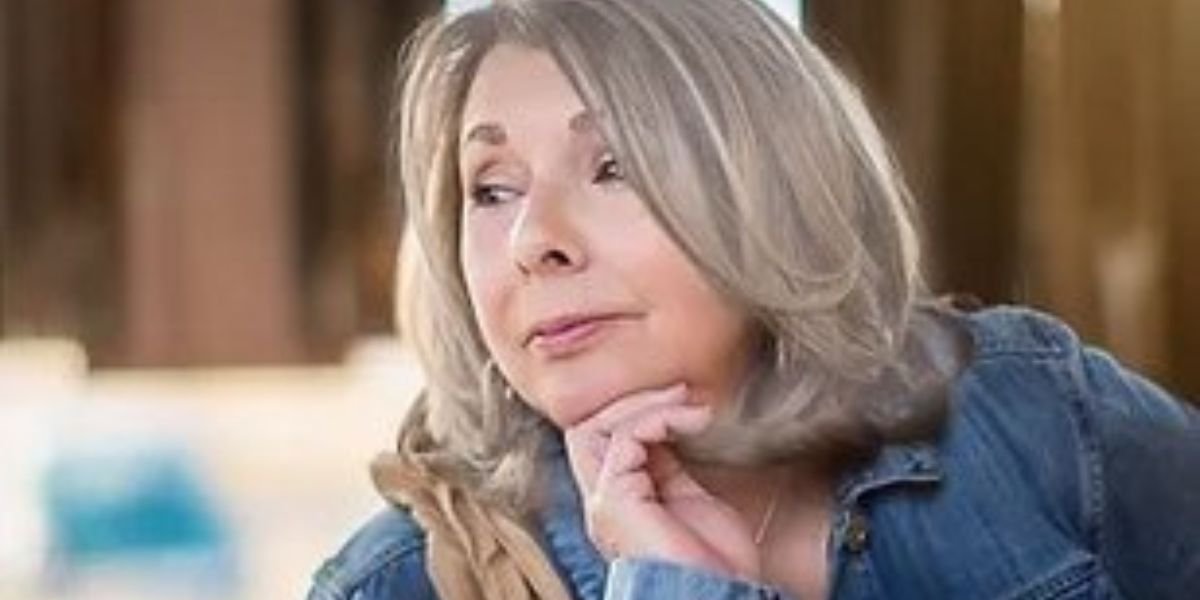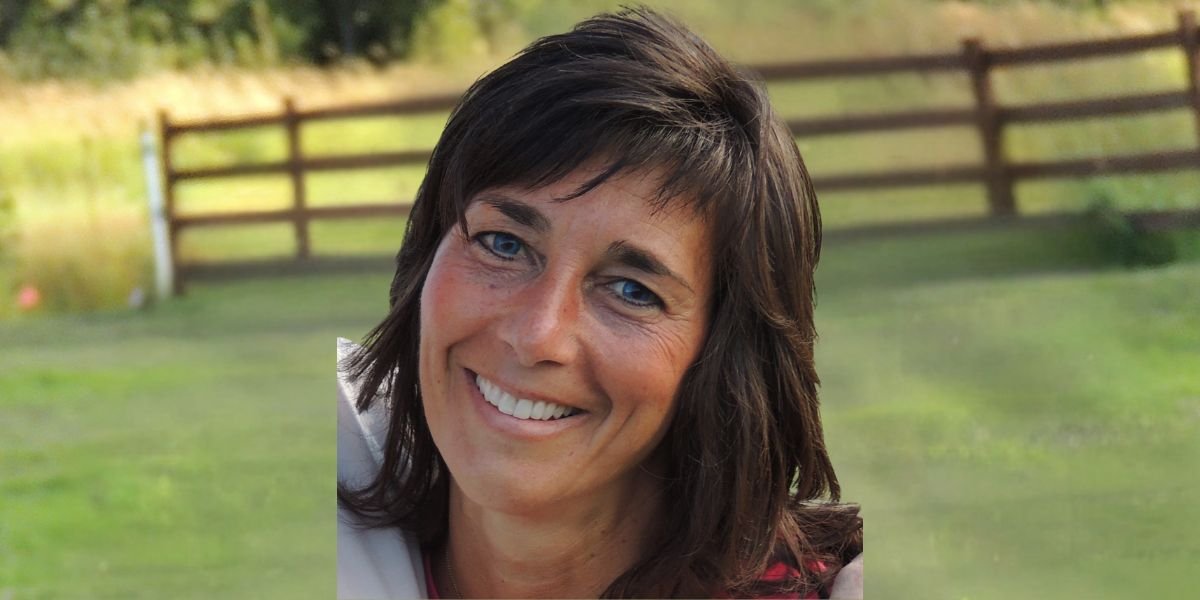Sculpting History – An Interview with John Doubleday

Exploring the mind behind iconic statues and still-life bronzes, from Nelson Mandela to private soldiers
John Doubleday discusses his sculptural journey, capturing historical figures and still-lifes in bronze, highlighting his influences, commissions, and ongoing artistic exploration ahead of his eightieth birthday.
John Doubleday stands as one of the most remarkable and versatile sculptors of our time, whose works have left an indelible mark on public art and cultural memory. With a career spanning over five decades, his sculptures can be seen gracing public squares, parks, and memorials across the world, immortalizing figures as diverse as Nelson Mandela and The Beatles. Known for his ability to capture not only the likeness but the essence of these iconic personalities, Doubleday’s artistry transcends mere representation—each piece resonates with the story, spirit, and significance of its subject. His profound influence is seen not only in his large-scale public commissions but also in his more intimate works, such as his bronze still-lifes, which invite a deeper reflection on the subtleties of life and art.
In this insightful interview, Doubleday reflects on how his upbringing in Langford and education at Goldsmiths College shaped his artistic vision, how he approaches commemorating both political leaders and unsung heroes like Herbert George Columbine, and his recent ventures, such as the Rifleman Khan memorial. Doubleday’s intellectual rigor and creative discipline continue to define his approach to art, even as he prepares for an upcoming exhibition that will mark his eightieth birthday. His works, both monumental and minute, remind us of the enduring power of sculpture to preserve history and provoke thought across generations.
John Doubleday masterfully blends concept and craftsmanship, creating sculptures that honor historical significance while revealing profound artistic depth.
How did your early life in Langford and studies at Goldsmiths College shape your artistic style and approach to sculpture?
Artistic practice is, of course, formed by the cultural and family background of the practitioner. One works with what one has. My time at Goldsmiths was particular in that the principal, Pat Millard, retired while I was there and the appointment of Andrew Forge as head of Fine Art brought the transformation of th institution from a traditional, skill-based art school to an anarchic progenitor of the new generation concept based, YBAs. I have remained in the tradition of the concept being based within the art-work. My principal creative influence was/is Anton Ehrenzweig, author of The Hidden Order of Art.
You’ve created statues of iconic figures, from Nelson Mandela to The Beatles. What draws you to these subjects, and how do you approach capturing their essence?
My approach to commissioned work has always been to regard the documentation of a personality as an objective exercise, regardless of status.
Your work spans both political leaders and cultural icons. Do you find there’s a difference in how you portray these figures, and if so, how does your approach vary?
It is unconnected to the commission that a particular individual might be of public interest. I am fully committed to the commissions I undertake and undertake commissions that someone else might make a worse job of.
In 2014, you unveiled the UK’s only statue of a named army private, Herbert George Columbine. What inspired you to focus on this specific figure, and what was the significance of that project for you?
The significance of the project is that generals are often commemorated but it is the function of the Private soldier to fight the battle and, if necessary, to die doing so. I was pleased to be instrumental in commemorating the first, named Private soldier to have a sculpture erected in his honour and for it to be the first in the series of official events to mark the centenary to mark the end of the First World War. He was an extremely brave individual whose death, following a prolonged single-handed resistance, earned him a VC. He was well worth commemorating.
Can you share more about your recent Rifleman Khan memorial commission and its importance for you as an artist?
The sculpture of Rifleman Khan was a commission. It was an unusual one, being a very oversized representation of a regimental dog who saved the life of a rifleman, unconscious in the water, by pulling him ashore. It was commissioned as an engaging story at the Liberation Museum in the Netherlands.
You mentioned concentrating on still-life works cast in bronze. What has drawn you to this shift, and how does it differ from your previous work on larger public commissions?
There is nothing new about my interest in still-life. My first exhibition in London at the Waterhouse Gallery in 1968 was mostly still-life. Still-life painting has been a consistent part of my output ever since. For me, they are a philosophical discipline. Their apparent simplicity provides an opportunity for symbolic references and subtle implications, which can provide a means to engage in fundamental creative questions. When I was approached by The Minories Gallery in Colchester, with which I have a long-standing connection, it was decided that it would examine one of the facets of my diverse production. Still-life was that chosen facet. I revisited the simple objects which I had painted for over fifty years and came upon the idea of representing them in bronze, often in groups. As I approach the prospect of assembling works to mark my eightieth birthday, I have continued to examine the same theme.












